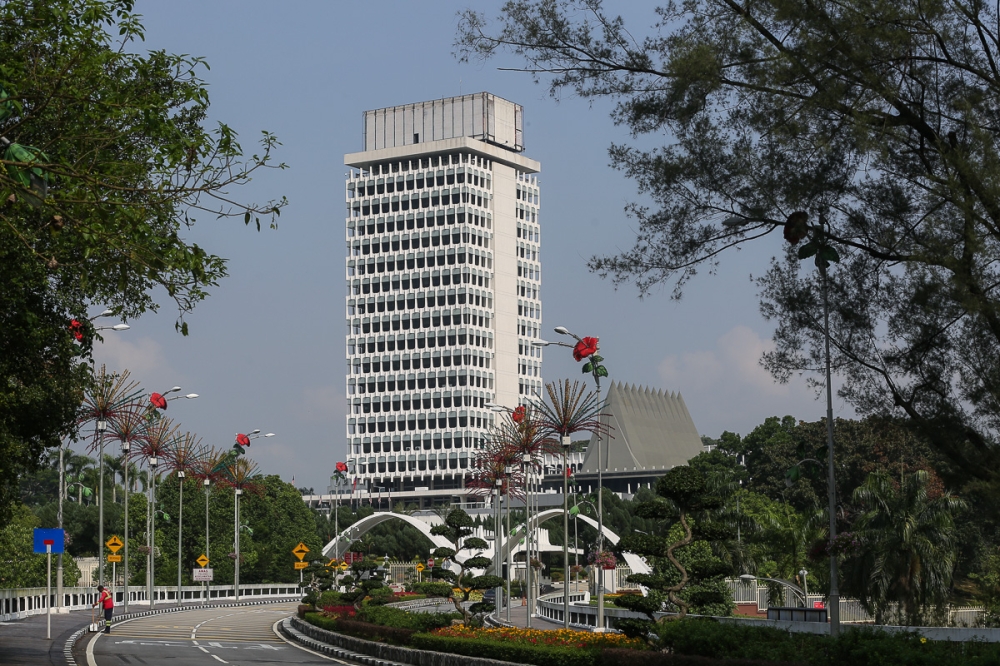PUNTA ARENAS (Chile), Aug 26 – What is the colour of a city?
The red lanterns and crimson torii gates of Tokyo, old customs persisting despite the clamour of modern life. The dusty stones and warm tones of Rome. The sunny terracotta roofs of Dubrovnik in Croatia, a stark contrast against the deepest blue of the Adriatic.
What colour, then, is Punta Arenas, the Chilean city at the edge of the world?
One might argue that this far flung city by the sea has not one colour but an entire spectrum of colours. And every colour has a different flavour.
Imagine every house – this one painted an amber yellow, the other an emerald green – with its own special dish, and you’ll have an idea of the banquet that awaits you in Punta Arenas.
With Antarctica on the horizon, this city of more than 100,000 people is both the coldest coastal city in Latin America as well as one of the candidates for southernmost city in the world (the other two are Puerto Williams, also Chile, and Ushuaia, Argentina; it all depends on one’s definition, apparently).
Which is to say, when the temperature can drop to a record of below −10°C, you’d want to get plenty of hot food in you.
Sitting down at any good Chilean restaurant, you will begin with warm bread to fill you up, spread thickly with herbed garlic butter. Some crème fraîche and refreshing salsa on the side.

Then perhaps a simple starter of ostiones a la Parmesana or cheese baked scallops to share. For your main, a deep dish of chupe de locos, a rich casserole made with Chilean abalone, or a fisherman’s favourite of pastel de pescado or fish pie.
(What’s inside? A surprise, for it’s always the catch of the day.)

Enjoying good food is a way of life in Chile, and this is especially true in Punta Arenas with the sea mere metres away. There is always a bounty of freshly caught fish, shrimp, squid and shellfish from the Straits of Magellan, the meeting point of the South Pacific Ocean and South Atlantic Ocean.
Walk to the centre of this seafaring city, enter the town square, and more likely than not you will stumble upon a large and mysterious looking tree. Its thick base split into two, maybe three, smaller trunks that spiral skywards then meet again in the joining of their leafy branches.

A twinning tree, perhaps, full of old magic. A witness to the centuries that have passed and if it survives the frost and fickleness of fate, a witness to the centuries that will come to pass too.
You could see its twinning trunks as a symbol of the city’s embrace of food and culture as one and the same. There cannot be one without the other.
How the people eat is how they live: fully and varied. Different lives, each with their own flavours. And the melting pot of all these diverse flavours is what makes Punta Arenas a rainbow city; there is something for everyone.

From the town centre, you can pivot and walk in a different direction as you wish. Perhaps follow the gaze of the many statues that immortalise generals and poets alike.
Perhaps follow your nose. At nearly every hour of day, there will be a stall around every street corner offering all manner of snacks and quick, hot meals.
From empanadas stuffed with crabmeat to fried sopaipillas made from pumpkin and flour (drizzle some mustard or ketchup on them to complete), you will not be left famished as a flâneur exploring the streets of Punta Arenas.
The Austral gale blows with a vengeance, however. Harsh and bitter, the chill threatens to freeze your ears off. Better to find a warm café to enter and nurse a hot cup of cappuccino, sweeter than the sirens’ songs.
Or a restaurant that opens early for dinner, its owners foregoing a well-deserved siesta. You only want a light bite, you warn apologetically, but even as the server seats you at your table, you know you’ve lost this battle (as with many others); they will provide you with a full meal and nothing less.
The moment you enter a Chilean restaurant, you are a guest, after all, and a guest never goes hungry in Chile.
Another basket of bread, warm from the oven. This time you skip the crème fraîche and the salsa, deciding against anything cold, and devour the bread on its own, drenched in hot garlicky butter.
Garlic is a motif the Chileans never tire of, particularly Chileans of Italian descent. You realise this when your order of calamares a la Romana arrives.

You may have expected Roman style fritters of calamari, accompanied by a smooth aïoli dip. Instead, you are presented with a hot dish of oven baked squid, its succulent rings of stewed in its own juices and plenty of... garlic.
It’s a good thing you love garlic. Perhaps there is a bit of a robust Chilean in you, if only in spirit. If only in your palate (which some might argue is all that matters).
No room for dessert, you insist. But the proprietor brings out a small tray of pan dulce, a brioche-like bread baked with pastry cream. It is tooth-achingly sweet, of course, but you have learned long ago that a true Chilean nurtures a sweet tooth with pride.
The rich, almost custardy bread is the perfect finish, of course, with some strong black coffee. You pay your bill, walk out heavier but happier too. Warmer at the very least, ready to brave the ear-biting Austral winds again.
Walking does feel good again, after a hot meal, you realise to your surprise. Despite a full day of gallivanting and exploring the various shades of Punta Arenas, you find yourself far from weary. Your feet are happy feet, and so are you.

Which makes it the perfect Venn diagram of kitsch and kismet that the next statue you encounter on your stroll is that of Ferdinand Magellan, the famed Portuguese explorer. It’s tradition to rub on his feet for good luck whenever one passes the statue.
You decide not to break the tradition. (You’re an explorer too, after your own fashion. Consider this as paying respects to one of your peers.)
Your efforts might or might not bless you with grand fortune but they will certainly help keep Signor Magellan’s toes gleaming like the sun.
Speaking of the sun, that fiery orb is ready to set. Its oranges and reds add more colours to an already colourful city. We had asked earlier what colour is Punta Arenas; we see now it is a rainbow, true and sure.
We could just as easily have asked what a city might taste like.
Tokyo might taste like ramen and tonkatsu; Rome of cacio e pepe, the simplest of pastas perfumed by black pepper and grated Pecorino Romano; and Dubrovnik of baked zagorski štrukli, covered in rich clotted cream.
Punta Arenas is a smörgåsbord of flavours, you conclude. Not just the flavours of its cuisine but of the city and its people, its history and its culture.
What does a rainbow taste like? We may never know but certainly Punta Arenas offers a clue: a reaching rainbow that never ends, a city by the sea that never bends.
For more slice-of-life stories, visit lifeforbeginners.com.





















